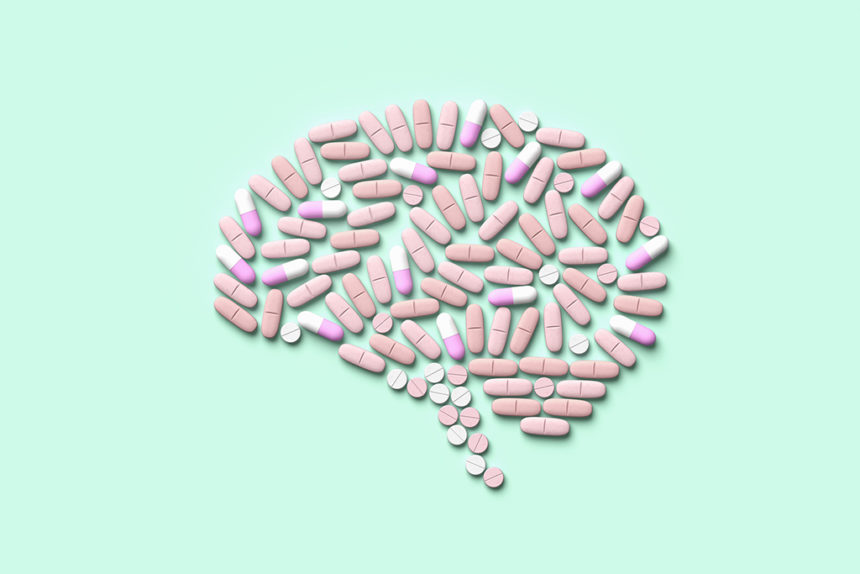The high rates of mental illness exacerbated by the COVID-19 pandemic don’t appear to be waning anytime soon.
A study out of GoodRx Research this week found that across 43 states, as many as one out of 10 prescriptions filled in 2022 were for depression and anxiety drugs.
For the study, GoodRx tracked mental health prescription drug fills between 2019 and 2022. It found that most states — 46 — saw a rise in the percentage of those prescription fills during that period. Based on the study, only Hawaii saw a significant decrease in prescription fills — experiencing a nearly 8% drop.
However, many states like New York, which saw a 16.6% increase, experienced a rise in prescription fills. Other states that saw significant increases include Rhode Island, South Dakota, South Carolina, Colorado and Illinois.
The researchers concluded that “fills have not returned to pre-pandemic levels” as some may have expected. Instead, there’s been a sustained increase that currently doesn’t appear to be fading.
There are plenty of factors that may be driving up those increased fills. The most obvious is that higher rates of depression and anxiety are continuing to affect large numbers of the U.S. population, leading to more people seeking care and medication.
Still, it’s also possible that in some states, improved access to mental health care could be contributing to the uptick in prescription fills.
For example, South Dakota and Illinois, which saw fills increase by 12.4% and 11.6%, respectively, happened to rank relatively high in the 2023 Mental Health America report when it comes to mental health access.
Meanwhile, states like Rhode Island and New York boosted access to mental health care via telehealth in the last several years, making it easier for people to get prescriptions from virtual appointments.
“[T]hese states may have also made it easier for residents to receive mental health treatment, including access to depression and anxiety medication,” GoodRx researchers wrote.
New Hampshire and Iowa both ranked highest on the list of states who saw the biggest percentage of anxiety and depression prescription fills in comparison to overall fills. Both saw more than 14% of all prescription fills account for mental health conditions. Montana, North Dakota and Vermont also ranked high on that list, with mental health medication exceeding 13% of all fills.
“Whether these trends… will continue after 2022 is an open question,” the authors wrote. “This suggests the use of prescription medication may become more common for mental health treatment, especially as the pandemic enters another year.”
Globally, the prevalence of anxiety and depression rose by 25% during the first year of the pandemic, according to the World Health Organization. Recently, the Centers for Disease Control and Prevention released data showing the rates of sadness among teen girls in the U.S. has increased dramatically as well.
Last year, the U.S. Preventive Services Task Force released a series of recommendations that all adults under the age of 65 should be screened for anxiety, a first of its kind.Yet even as those recommendations were released, experts highlighted so-called mental health deserts where psychiatrists, therapists and other providers are in short supply. Some lawmakers have attempted to introduce new bills that would aim to tackle those provider shortages — but many have yet to come to fruition.







